Within a few years NASA hopes to fly electric X-plane, replacing the wings and engines of a Tecnam P2006T with an improved version of the LEAPTech wing.
Image Credit: NASA Graphic
The Leading Edge Asynchronous Propeller Technology (LEAPTech) project will test the premise that tighter propulsion-airframe integration, made possible with electric power, will deliver improved efficiency and safety, as well as environmental and economic benefits. Over the next several months, NASA researchers will perform ground testing of a 31-foot-span, carbon composite wing section with 18 electric motors powered by lithium iron phosphate batteries.
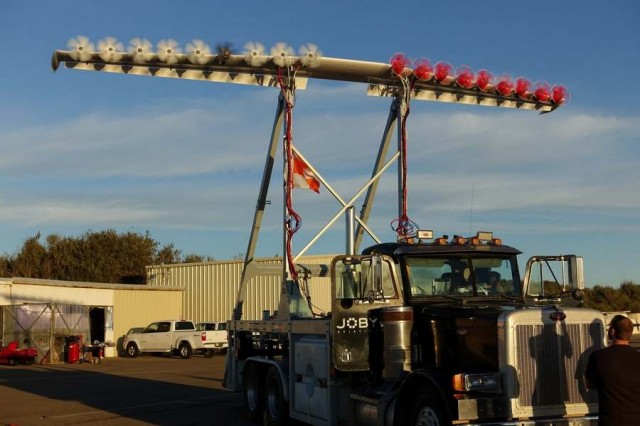
Mounted on a specially modified truck the LEAPTech ground-test article, or Hybrid-Electric Integrated Systems Testbed, will be driven at speeds up to 70 miles per hour across a dry lakebed at Edwards Air Force Base. Last December, it underwent preliminary testing at Oceano, California. Image Credit: Joby Aviation
The experimental wing, called the Hybrid-Electric Integrated Systems Testbed (HEIST), is mounted on a specially modified truck. Testing on the mobile ground rig assembly will provide valuable data and risk reduction applicable to future flight research. Instead of being installed in a wind tunnel, the HEIST wing section will remain attached to load cells on a supporting truss while the vehicle is driven at speeds up to 70 miles per hour across a dry lakebed at Edwards Air Force Base. Preliminary testing, up to 40 mph, took place in January at Oceano County Airport on California’s Central Coast.
source NASA

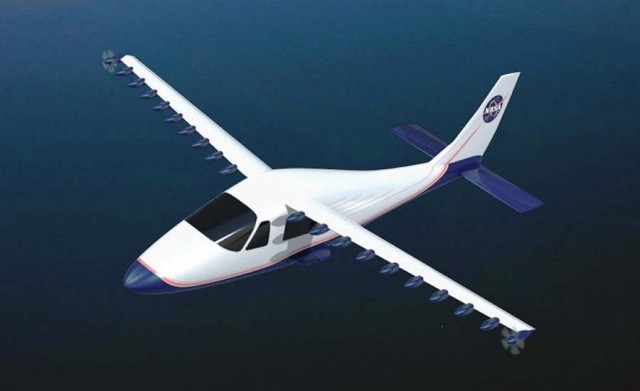
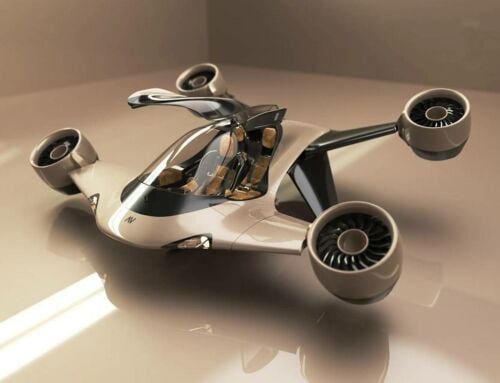
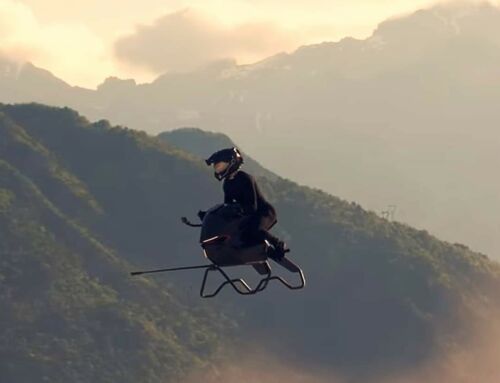
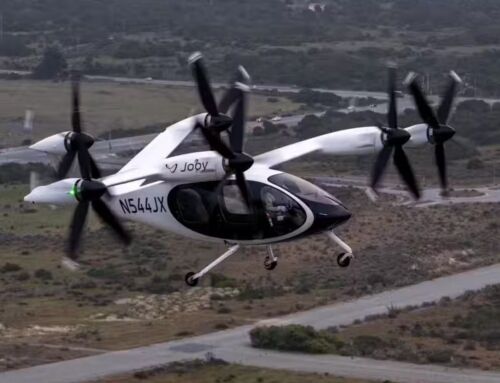
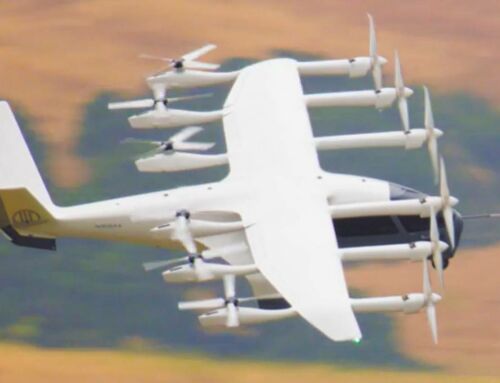
Leave A Comment